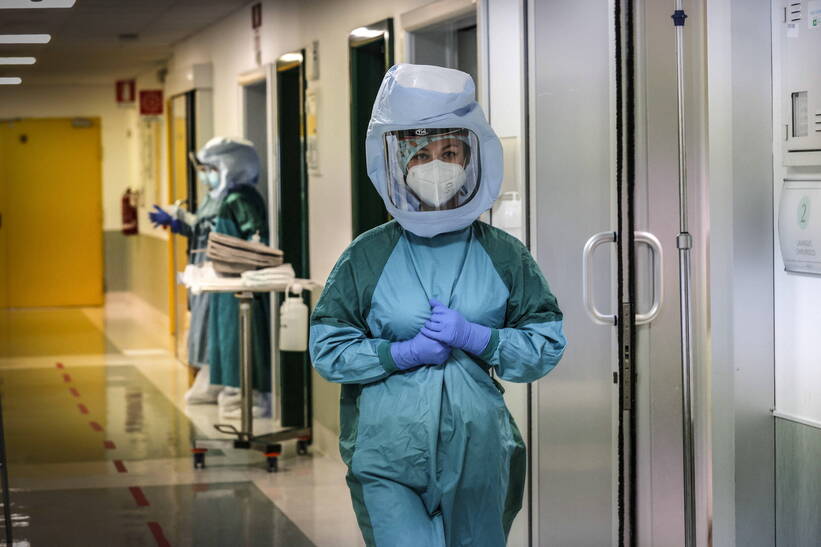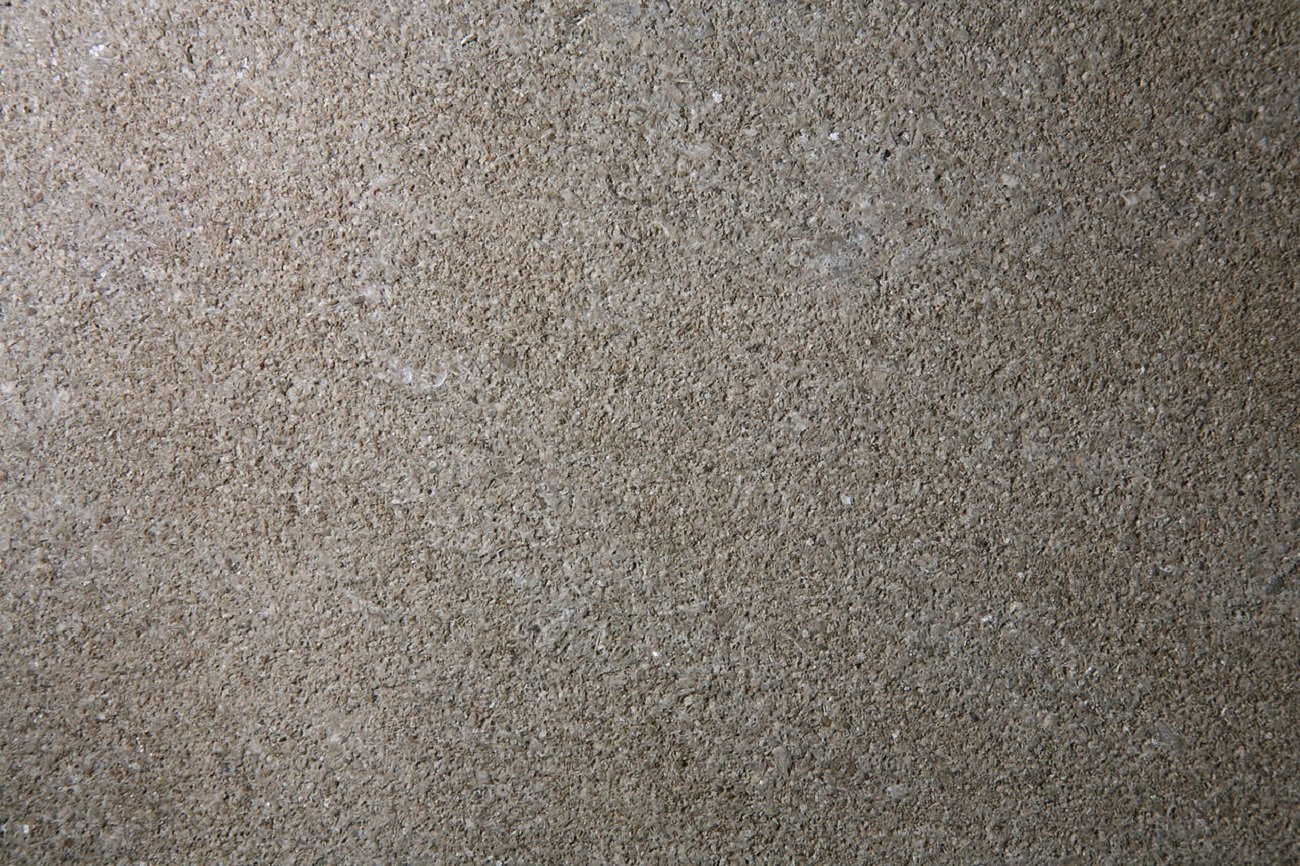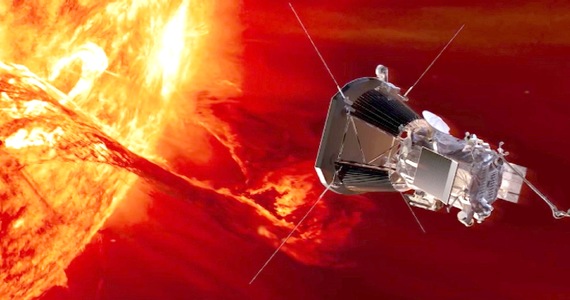The effects of this test will be analyzed for many years to come, both with the help of subsequent space probes as well as ground-based instruments and space telescopes. Already in 2024, the Hera probe, prepared by the European Space Agency, will launch towards the asteroid. Its main mission will be to take a closer look at the effects of the asteroid impact DART. The information you gather will help hone and refine planetary defense technologies, which in the future may save humanity from annihilation.
Also Read: DART Mission Completed Successfully! This is the first step towards defending against space threats
Rocks escape from the surface of Dimorphos
But before that happens, astronomers I decided to look at the asteroid Dimorphos with the Hubble Space Telescope. And during these observations, they noticed something unusual. In the immediate vicinity of the asteroid, as many as 37 boulders were discovered, ranging in size from 1 to 6.7 meters. Each of them is gradually moving away from the asteroid at a speed of about one kilometer per hour. By the way, these are some of the faintest objects ever photographed in the solar system.
Contrary to appearances, these are not rocks ejected from the asteroid’s surface by the DART probe, although they could have been present on the asteroid’s surface in the last image taken by the DART probe before impact. The probe was then within 11 kilometers of the asteroid’s surface. Seconds later, DART hit the surface of Dimorphos, hurling about 2 percent of the rocks from its surface.
Read also: The path of the asteroid Dimorphos has changed. Earth has a new planetary defense system
However, it is possible that Dimorphos, which is the moon of the asteroid Didymos, was formed from rocks ejected from the surface of Didymos, the rate of which was so high around its axis that the centrifugal force began to prevail over the gravitational force of the asteroid. Eventually the discarded rocks in orbit around Didymos coalesced into a single body, which we now know as Dimorphos.
This means that Dimorphos is just a loosely attached group of rocks, which are not solid at the centre, but rather porous. This may indicate the source of the rocks in its vicinity. Such a porous body has less mass, and therefore the gravitational force acting on its surface is less. This, in turn, makes it relatively easy for rocks to float away from the asteroid’s surface. However, it is not yet known what led to this. Perhaps Hera will help us solve this mystery in a few years.

Echo Richards embodies a personality that is a delightful contradiction: a humble musicaholic who never brags about her expansive knowledge of both classic and contemporary tunes. Infuriatingly modest, one would never know from a mere conversation how deeply entrenched she is in the world of music. This passion seamlessly translates into her problem-solving skills, with Echo often drawing inspiration from melodies and rhythms. A voracious reader, she dives deep into literature, using stories to influence her own hardcore writing. Her spirited advocacy for alcohol isn’t about mere indulgence, but about celebrating life’s poignant moments.









